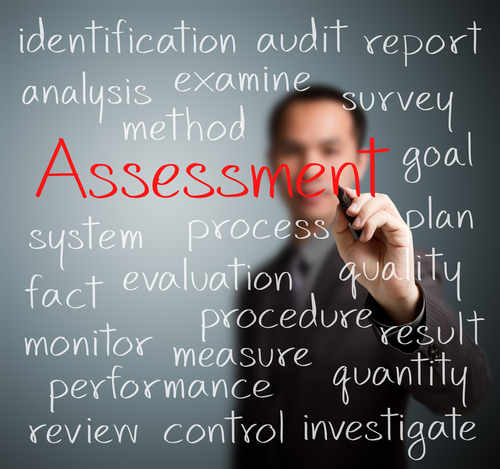Writing for HR.BLR.com®, Lori Kleiman, SPHR, emphasizes that it is critical that all managers look at their programs and processes on a regular basis. Evaluation will identify weaknesses and confirm compliance with relevant laws and policies.
 |
HR is no different, and with its compliance obligations, evaluation is even more critical. An assessment generally involves an audit, writes Kleiman, but its purpose is to provide measurement rather than just to express an opinion. The terms “assessment” and “audit” are often used interchangeably in HR, and HR projects include a full scope of both.
Kleiman’s definition of an “audit” is a planned and documented activity performed by qualified personnel to determine the adequacy of the HR function and its compliance with established procedures, or applicable documents, and the effectiveness of implementation—this audit is done by investigation, examination, or evaluation of objective evidence. That’s quite a mouthful, but Kleiman provides seven simple steps to performing this assessment effectively.
The 7 Steps to Assessment
Kleiman writes that your HR audit should proceed in an objective and linear fashion. Here are her seven steps to completing an effective assessment of your HR function.
- Purpose. Define the reason you are undertaking this project. Do you want to understand compliance, best practices, strategy, or another issue that may be facing your organization? Once you have clearly defined the goal of the initiative, you can move onto the next steps.
- Scope. A full-scale assessment can be a daunting task. Consider if your focus should be one functional area of HR or the full lifecycle of employment. If compliance is the main concern, consider a recordkeeping audit as a first step. If your organization has a budget for the assessment, you might be able to conduct a full-scale assessment utilizing external resources.
Looking to streamline your time and attendance process? Start on January 21, 2015, with a free interactive webcast, Beyond Time and Attendance: The Transformative Power of Workforce Management. Learn More
- Process. Be very deliberate in outlining the procedure for the assessment. You will want to alert members of the leadership team that you will be evaluating processes and speaking to members of their team during the assessment. Consider a project kick-off meeting to invite team members to buy into the initiative.
- Data collection. Collecting the data can be the most time-consuming part of the assessment. Work with your internal teams and provide specific guidelines and deadlines based on your requirements. Where the budget allows, consider external sources for benchmarking of critical data.
- Analysis. Being able to objectively review your findings is a critical piece of the assessment. Consider involving additional resources, such as peers in the HR community or such trusted advisors as an attorney or accountant.
- Action plans. Your action plans should be appropriate for your audience. The plans presented to the executive team should be at a very high level and provide confidence that compliance is in order—or how you are handling the issues you found. Your own action plans should be more detailed and identify the resources you need and timeline of expected completion.
- Evaluate. As with any new initiative, review the successes and failures of the assessment project. A 3-month timeline is generally appropriate to take a step back and consider what went well and what might be improved.
Automation and analytics drive efficiency—and we can get you started. Join us for the free interactive webcast Beyond Time and Attendance: The Transformative Power of Workforce Management. Register Now
Assessments Can Demonstrate Leadership
An audit can be an exhausting task and may seem overwhelming. But Kleiman points out that while you will find that it takes time and energy away from other projects, it will provide a depth of knowledge into your HR function that you may have even forgotten existed.
At the same time, Kleiman notes that an assessment should be used to ensure that HR is strategically aligned with your organization’s goals and providing the services required to move the organization forward. She encourages HR pros to think of the assessment as a way for them to gain visibility as a leader in their organization focused on organizational triggers.
In tomorrow’s Advisor, a Q&A with Lori Kleiman regarding the HR function, plus we introduce the free (thanks to sponsor Kronos) interactive webcast, Beyond Time and Attendance: The Transformative Power of Workforce Management.
